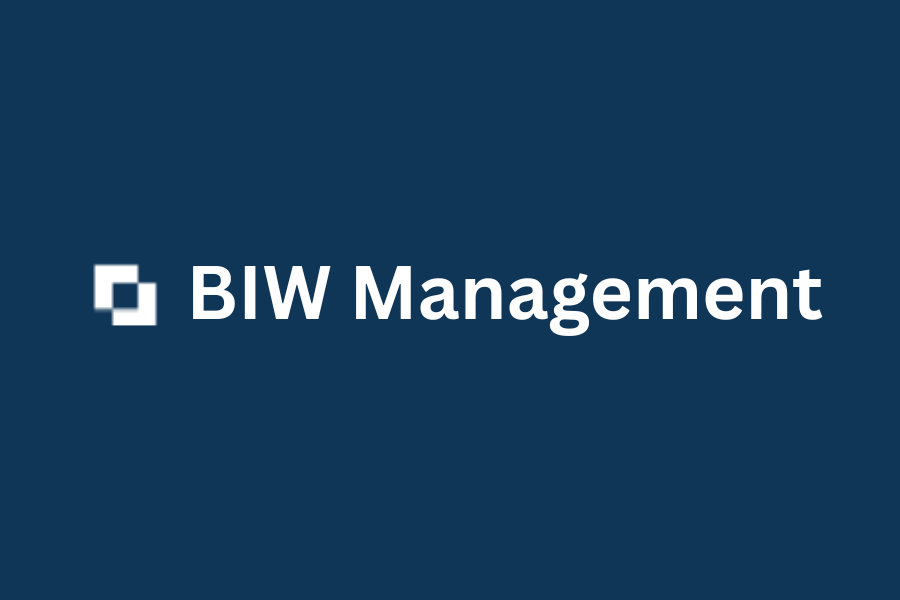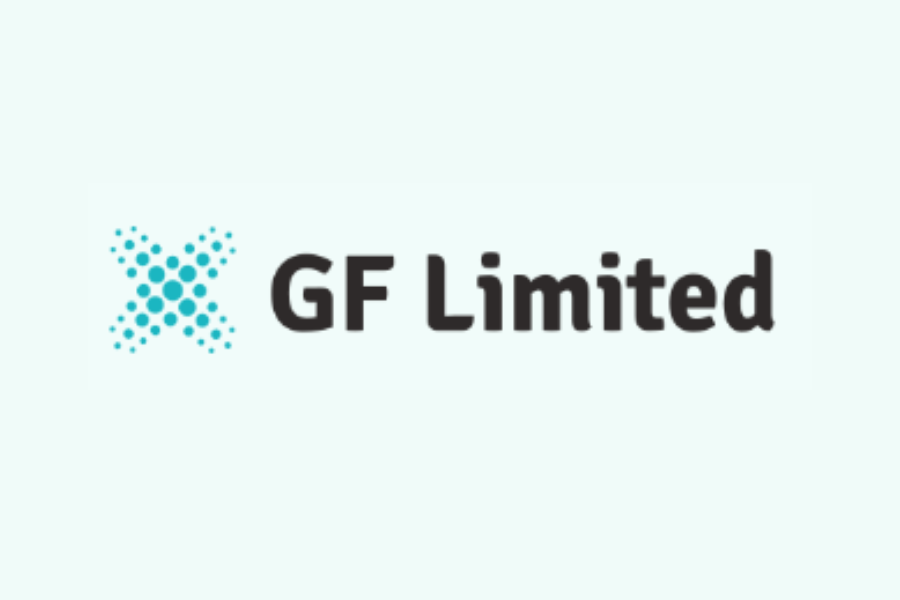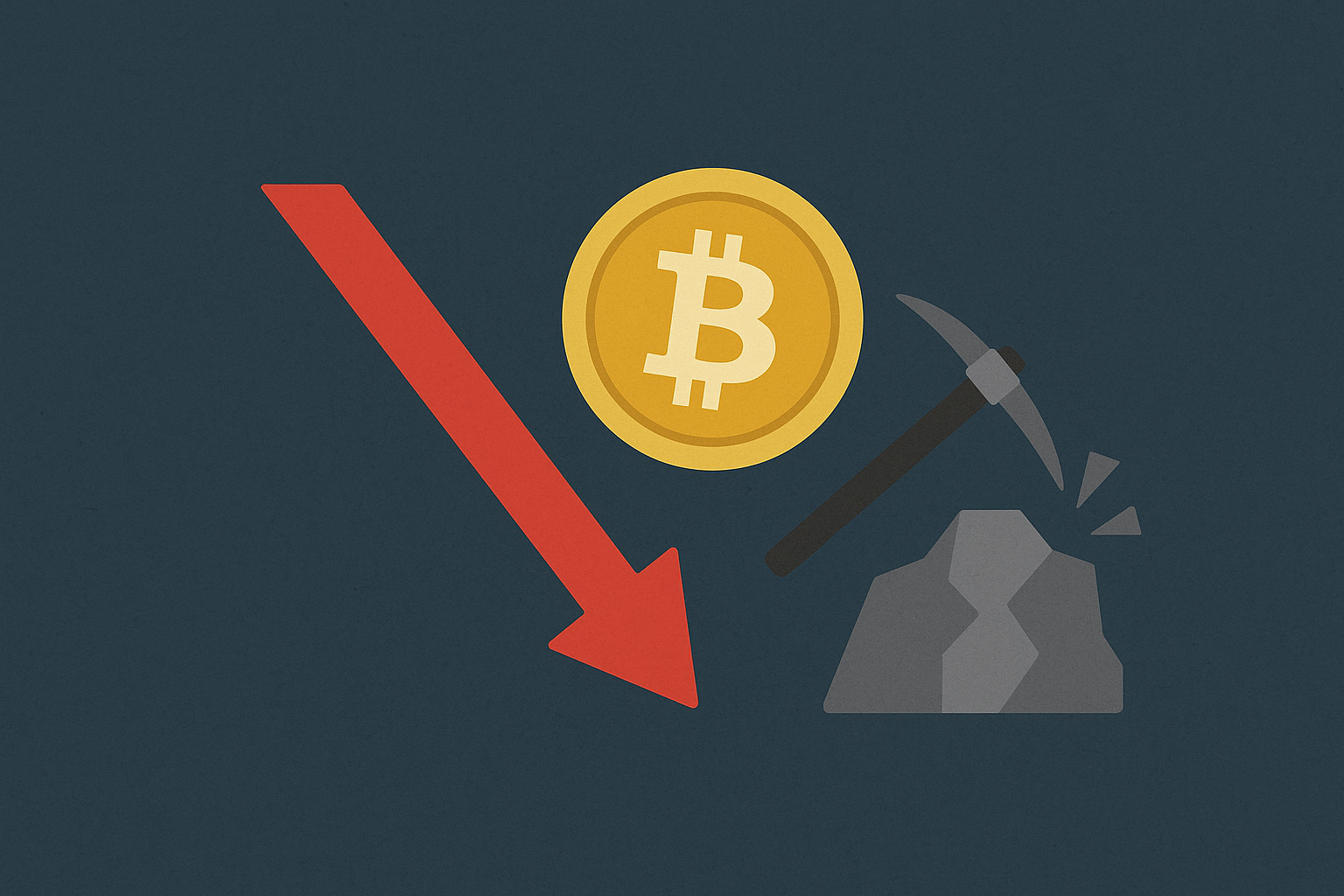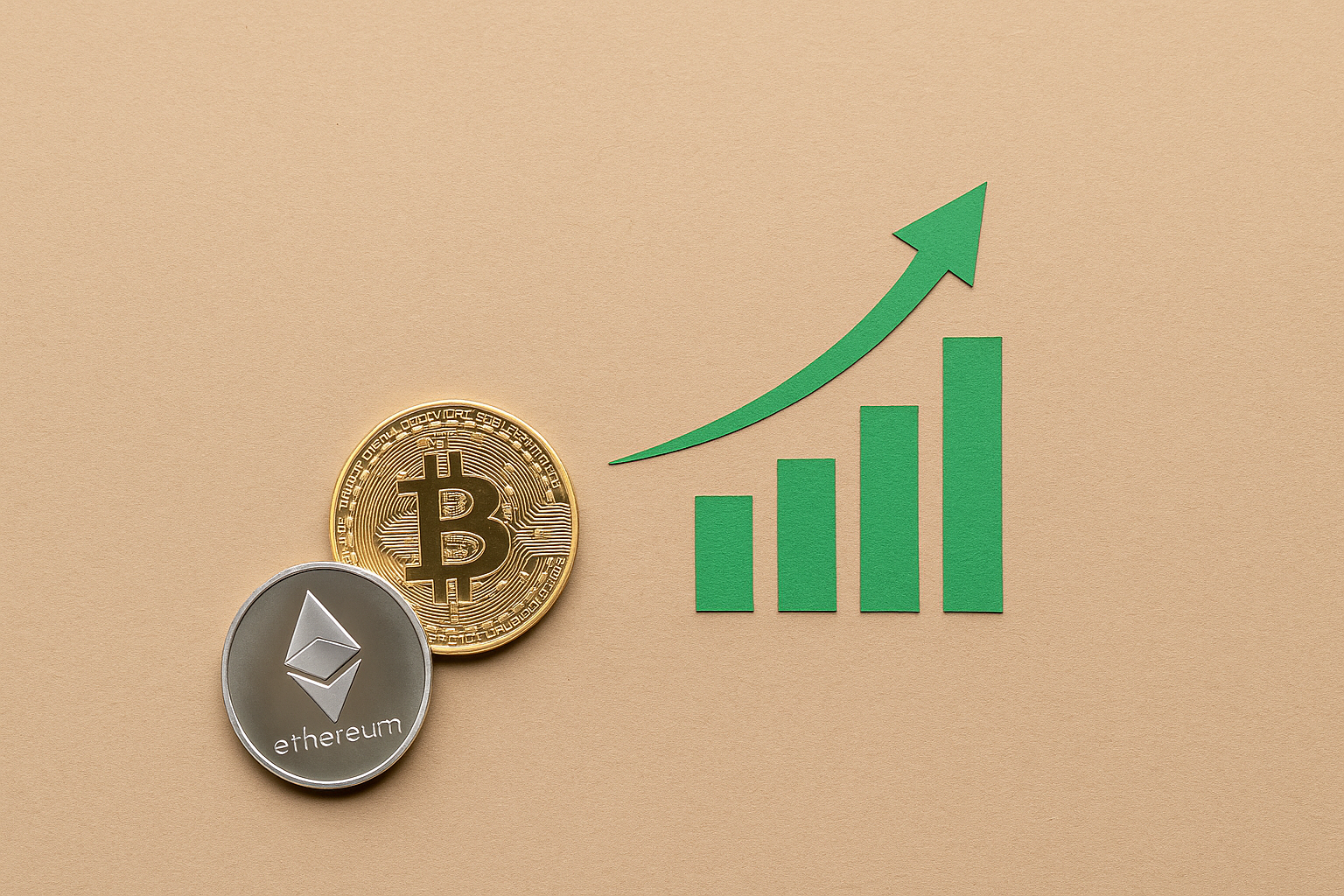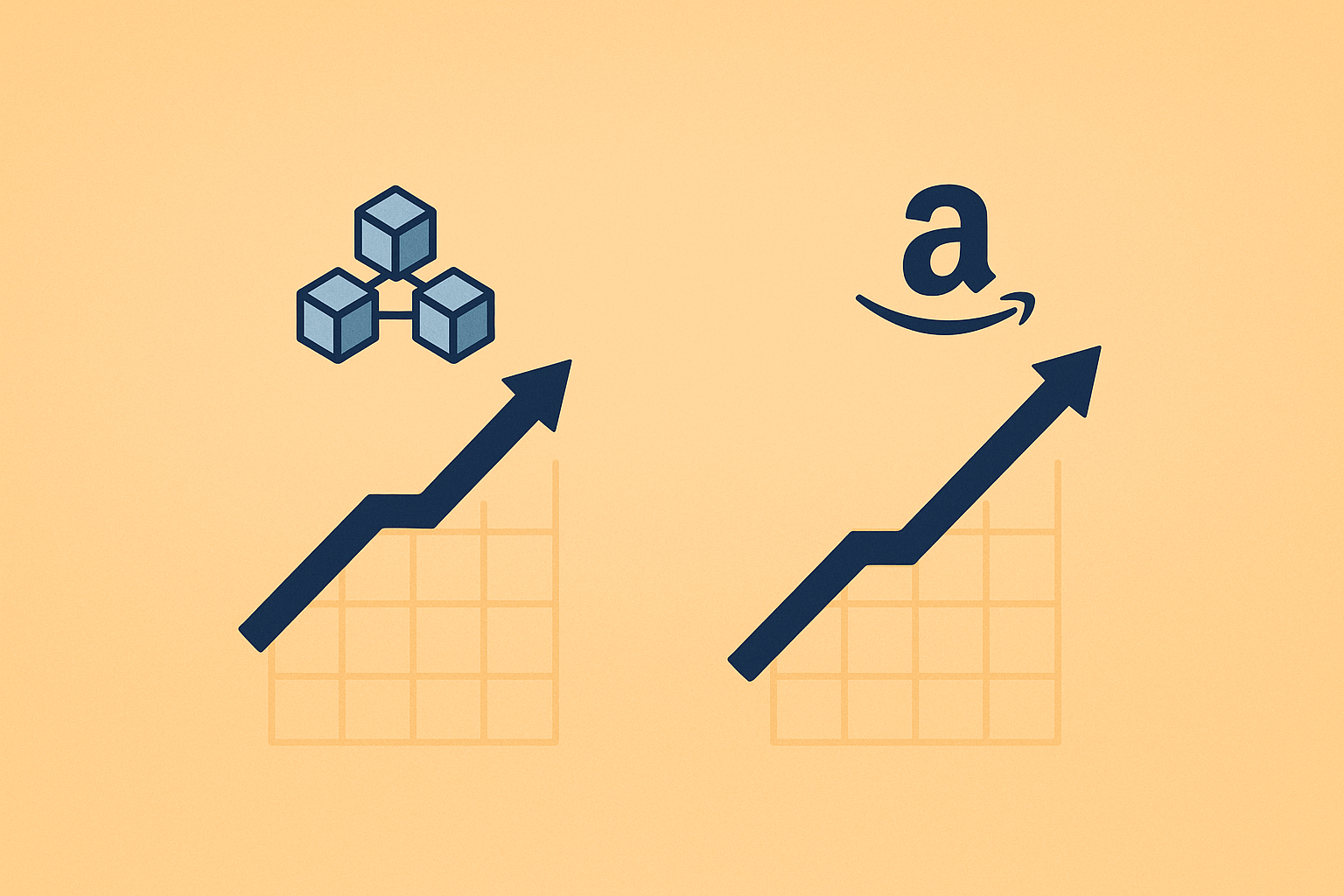Cryptocurrency News
Ethereum’s Holesky Testnet Finalizes: A Major Leap In Ethereum Development
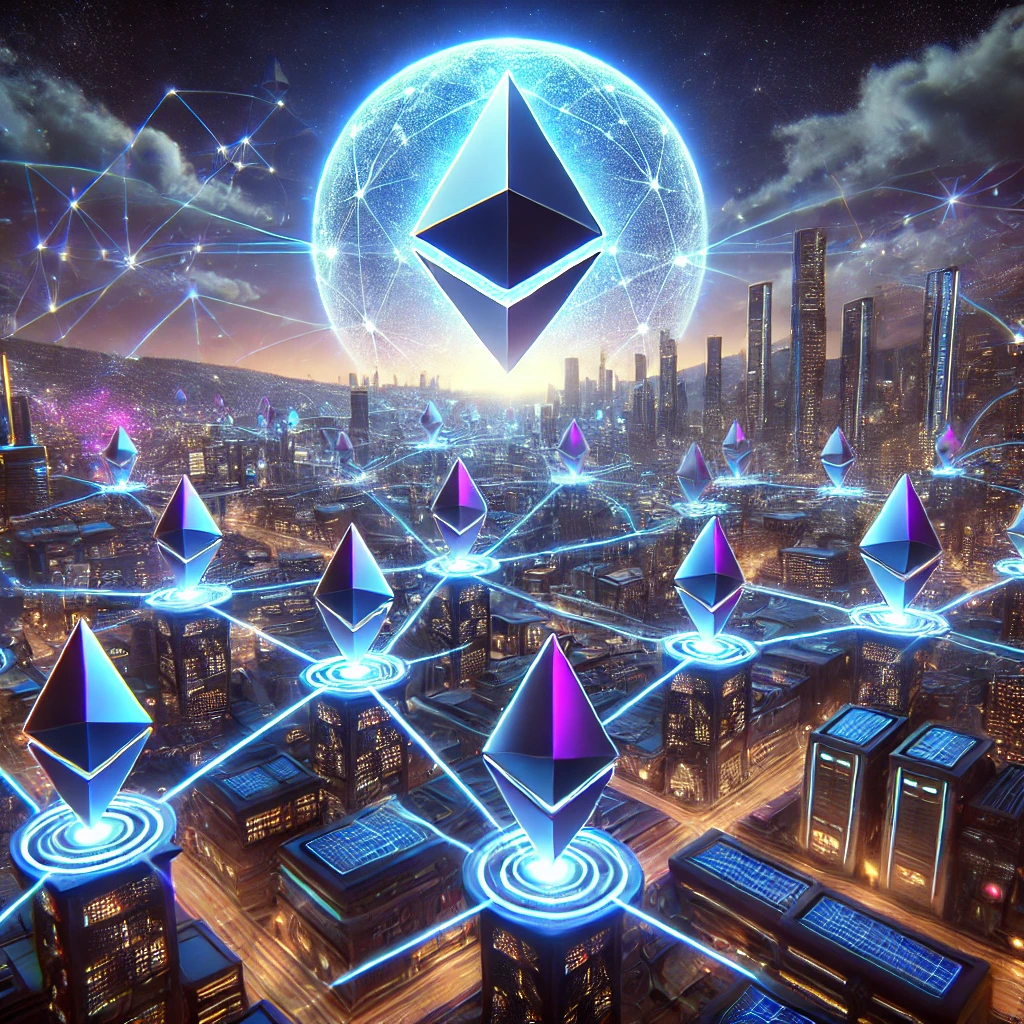
Introduction
Ethereum, the world’s second-largest blockchain, has always been at the forefront of innovation. From introducing smart contracts to the transition to Proof-of-Stake (PoS), Ethereum has consistently evolved to address network congestion, scalability, and transaction efficiency. One of the latest developments in Ethereum’s journey is the finalization of the Holesky testnet, a major milestone that brings new opportunities for developers, validators, and the entire Ethereum ecosystem.
Holesky, introduced as a replacement for the Goerli testnet, has finally reached finalization, marking a significant step forward in Ethereum’s testing infrastructure. This testnet is designed to handle large-scale simulations, improve validator coordination, and support upcoming upgrades. The successful finalization of Holesky means developers now have a more efficient and robust testing environment, paving the way for future Ethereum advancements.
What Is The Holesky Testnet?
Ethereum’s testnets are crucial for developers to experiment with new features, test upgrades, and ensure network stability before deployment on the mainnet. Previously, Ethereum had multiple testnets, including Goerli, Ropsten, Rinkeby, and Sepolia, each serving a different purpose. However, as Ethereum continues to grow, the need for a more scalable and efficient testnet became evident.
The Need For A New Testnet
Ethereum’s earlier testnets had limitations:
Goerli Testnet Issues: Goerli, widely used for testing smart contracts, faced a significant issue—an inadequate supply of GoETH (test Ether). Since GoETH was required for testing transactions, the scarcity made development difficult.
Scalability Challenges: Existing testnets struggled to accommodate the growing Ethereum developer community and the increasing complexity of network upgrades.
Validator Simulation: Ethereum needed a testnet that could accurately simulate the conditions of the mainnet to ensure better preparation for real-world network changes.
To address these challenges, Holesky was introduced as the next-generation Ethereum testnet.
Holesky’s Finalization: What Does It Mean?
Finalization in blockchain refers to the point at which transactions and blocks are confirmed and cannot be reversed. For Holesky, reaching finalization means that the testnet is now stable and fully operational for developers and validators to test Ethereum features reliably.
Holesky finalization is a crucial step because:
Ensures Stability: The testnet is now stable enough for Ethereum developers to test smart contracts, execute transactions, and experiment with upgrades without disruptions.
Boosts Validator Participation: Holesky is designed to support over 1.4 million validators, making it the largest Ethereum testnet.
Improves Ethereum’s Upgrade Process: Future Ethereum network upgrades will be tested on Holesky before implementation on the mainnet, ensuring a smoother transition.
The successful finalization of Holesky eliminates concerns about network failures and makes it the most robust testnet Ethereum has ever had.
Key Features Of Holesky
Higher Validator Capacity
Holesky is designed to support over 1.4 million validators, compared to Ethereum’s mainnet, which currently has about 800,000 validators. This makes Holesky an ideal testing ground for Ethereum’s Proof-of-Stake (PoS) upgrades.
More Test ETH Supply
Unlike Goerli, which faced a shortage of testnet ETH, Holesky provides an unlimited supply of test ETH, ensuring that developers never run into issues when testing transactions.
Enhanced Scalability and Efficiency
Holesky is designed to handle large-scale simulations of the Ethereum network, allowing developers to test upgrades, smart contracts, and validator coordination on a larger scale.
Improved Coordination for Developers
Developers can now test Ethereum Improvement Proposals (EIPs) on a network that accurately reflects the conditions of the mainnet. This improves the reliability of upgrades before they are deployed on Ethereum.
How Holesky Compares To Other Testnets?
Ethereum has utilized multiple testnets over the years, each serving a distinct purpose in the network’s development. However, Holesky stands out as a game-changer due to its unparalleled scale and efficiency. Previously, testnets like Ropsten and Rinkeby were used for testing but were eventually deprecated due to their limitations. Ropsten was primarily used for Proof-of-Work (PoW) testing but had low validator support and a fixed supply of test ETH, making it less suitable for Ethereum’s transition to Proof-of-Stake (PoS). Similarly, Rinkeby, which operated on Proof-of-Authority (PoA), also suffered from low validator participation and a limited supply of test ETH.
Goerli, which is still active but set to be replaced by Holesky, has been widely used for smart contract testing. However, its moderate validator support and restricted test ETH supply have created challenges for large-scale development. Sepolia, another active testnet, provides a mainnet-like environment with controlled test ETH distribution, making it a reliable testing ground but still limited in scalability.
In contrast, Holesky has been finalized as the most advanced and scalable Ethereum testnet, specifically designed to handle large-scale testing with over 1.4 million validators and an unlimited supply of test ETH. These features make Holesky the preferred choice for future Ethereum upgrades, ensuring seamless development, better validator coordination, and a more robust environment for testing network enhancements before they go live on the Ethereum mainnet.
What This Means For Ethereum’s Future?
The finalization of Holesky is a big deal for Ethereum, especially as the network moves toward upcoming upgrades like EIP-4844 (Proto-Danksharding) and the Pectra upgrade.
Faster and More Efficient Testing
Ethereum’s core developers will now have a powerful testnet to test network improvements before deploying them on the mainnet. This will reduce the risk of bugs and failures.
Improved Validator Coordination
With 1.4 million validators, Holesky provides a realistic environment for testing staking mechanisms, validator rewards, and Ethereum’s PoS consensus.
Support for Future Upgrades
Holesky will be essential for testing Ethereum’s scalability upgrades, such as Proto-Danksharding, which aims to reduce gas fees and improve transaction speeds.
Better Developer Experience
Developers can now test smart contracts and decentralized applications (dApps) without worrying about test ETH shortages, making development more seamless.
Conclusion
The finalization of Ethereum’s Holesky testnet marks a historic moment in the network’s development. By replacing Goerli with a more scalable and validator-friendly testnet, Ethereum has taken a huge leap forward in improving its testing infrastructure. With support for over 1.4 million validators, unlimited test ETH, and a more efficient testing environment, Holesky will play a crucial role in ensuring smooth Ethereum upgrades and enhancing the overall developer experience.
As Ethereum moves towards sharding and future network improvements, Holesky will remain at the core of Ethereum’s development efforts. This milestone brings Ethereum one step closer to a faster, more scalable, and efficient blockchain ecosystem.



